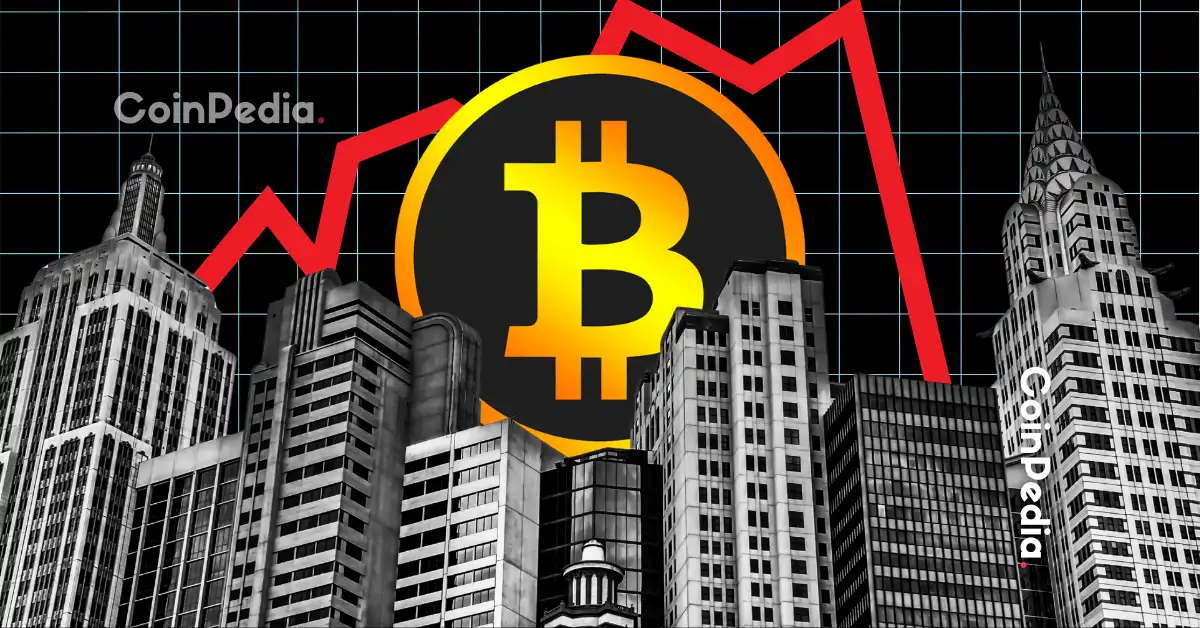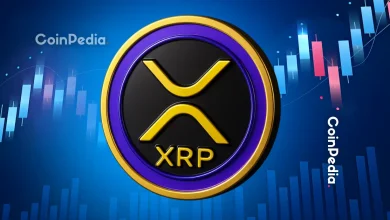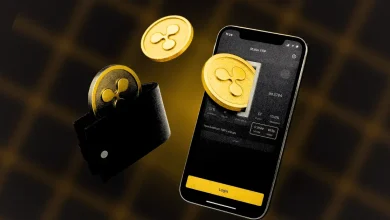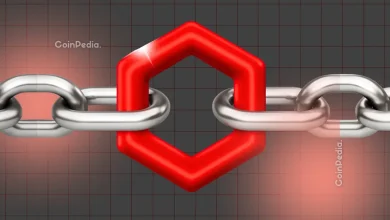
Bitcoin’s fixed supply makes it a deflationary asset, gaining value as fiat currencies lose purchasing power.
Everyday costs - from housing to Big Macs - have fallen dramatically when measured in Bitcoin since 2009.
Unlike dollars, which lose half their value roughly every 10 years, Bitcoin preserves wealth over time.
Inflation is everywhere – in our groceries, our homes, even in how we think about savings. But what if rising prices aren’t the norm?
Mark McKenna Little of Trusted Advisor Nation™ and the Advisor PACT™ Team says the natural state of a free market is actually deflation and Bitcoin is the proof financial advisors need.
In a recent video, Little explains why digital assets, especially Bitcoin, are critical for advisors helping clients navigate an inflation-driven world. His point is simple: prices in a free market would naturally fall over time, but fiat currencies inflate, hiding the true value of money.
Bitcoin: A Deflationary Asset in Plain Sight
Bitcoin has been around since 2009, and despite volatility, it has steadily appreciated over time.
Little points out, “After an asset makes a high, what’s the next low? And then after the next high, what’s that next low? What you’re seeing here is a trend of higher highs and lower lows. The trend is pretty obvious. This is an appreciating asset.”
Unlike dollars, Bitcoin has a fixed supply of 21 million coins. Its value is driven by scarcity, not by printing more money. For advisors, this makes it a unique tool to preserve wealth.
Free Markets Don’t Inflate But Currencies Do
Economists often say inflation is necessary for growth. But Little argues the opposite. In a true free market, prices fall because productivity and efficiency improve over time.
Housing offers a clear example. A home in La Jolla, California, cost $12,000 in 1932. By 2024, it’s $6.9 million. The home itself didn’t suddenly become worth that much – the dollar lost value. Fiat inflation hides what a free market would naturally do: lower prices.
Bitcoin Puts Inflation in Reverse
Bitcoin flips this scenario. When assets are priced in Bitcoin, costs actually drop over time. That same La Jolla home that was 3.35 billion satoshis in 2009 costs only 65 BTC in 2025.
Other examples reinforce the trend: gasoline, oil, even the Big Mac Index shows prices shrinking when measured in Bitcoin. Gold, often seen as a hedge against inflation, also falls in Bitcoin terms.
Why Advisors Should Care
For financial advisors, this could be an important message: clients’ fiat savings lose value silently. Bitcoin offers a deflationary alternative that preserves purchasing power. Using examples like housing, oil, or even Big Macs can make the idea easy to grasp for clients.
Understanding Bitcoin is about delivering truly comprehensive financial advice.
Even back in 2023, Jeff Booth, entrepreneur and author of The Price of Tomorrow, tweeted: “Deflation is the natural state of a free market. And only #Bitcoin can measure it.”
Never Miss a Beat in the Crypto World!
Stay ahead with breaking news, expert analysis, and real-time updates on the latest trends in Bitcoin, altcoins, DeFi, NFTs, and more.
FAQs
Bitcoin is deflationary. Its supply is permanently capped at 21 million coins, creating scarcity that helps preserve purchasing power, unlike traditional money which can be printed endlessly.
Advisors can use Bitcoin to help clients protect wealth from silent currency devaluation. It’s a unique tool for preserving purchasing power in a long-term portfolio.
A house that costs millions of dollars today costs far fewer Bitcoin than it did years ago. This shows Bitcoin’s increasing purchasing power against real-world assets.
Trust with CoinPedia:
CoinPedia has been delivering accurate and timely cryptocurrency and blockchain updates since 2017. All content is created by our expert panel of analysts and journalists, following strict Editorial Guidelines based on E-E-A-T (Experience, Expertise, Authoritativeness, Trustworthiness). Every article is fact-checked against reputable sources to ensure accuracy, transparency, and reliability. Our review policy guarantees unbiased evaluations when recommending exchanges, platforms, or tools. We strive to provide timely updates about everything crypto & blockchain, right from startups to industry majors.
Investment Disclaimer:
All opinions and insights shared represent the author's own views on current market conditions. Please do your own research before making investment decisions. Neither the writer nor the publication assumes responsibility for your financial choices.
Sponsored and Advertisements:
Sponsored content and affiliate links may appear on our site. Advertisements are marked clearly, and our editorial content remains entirely independent from our ad partners.








